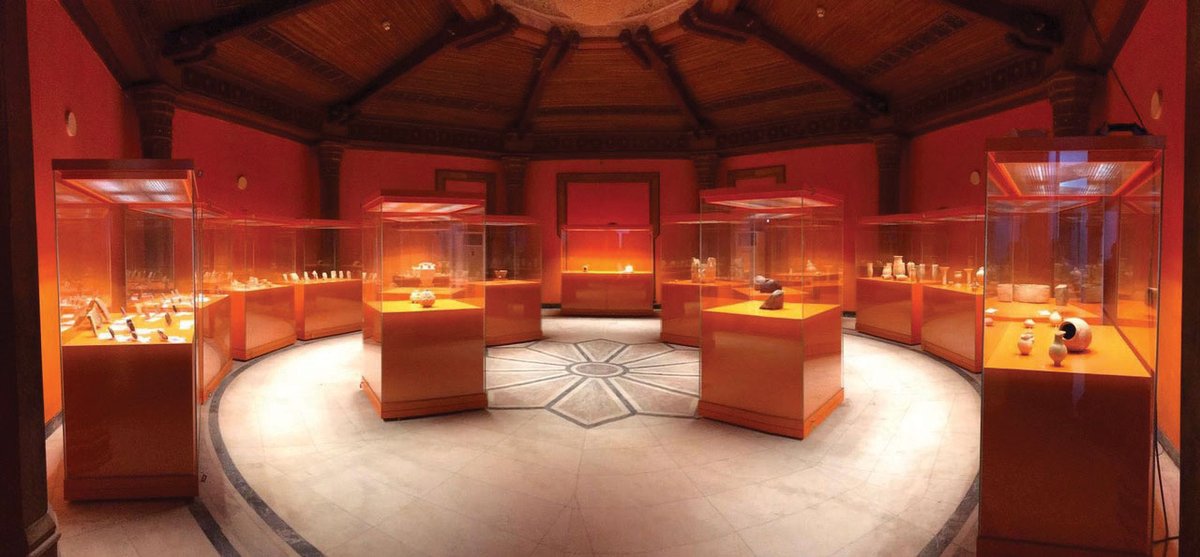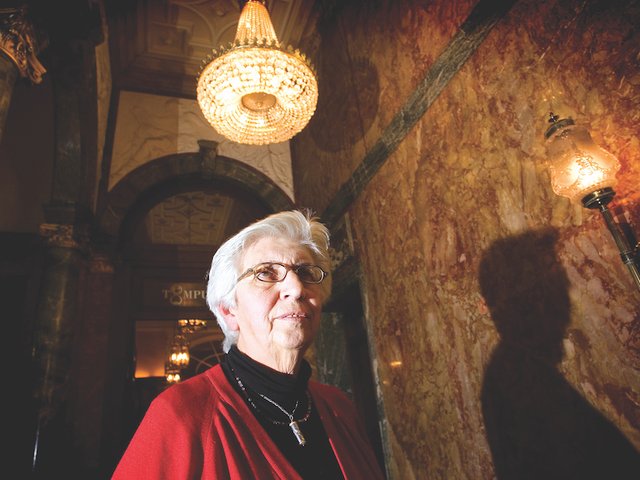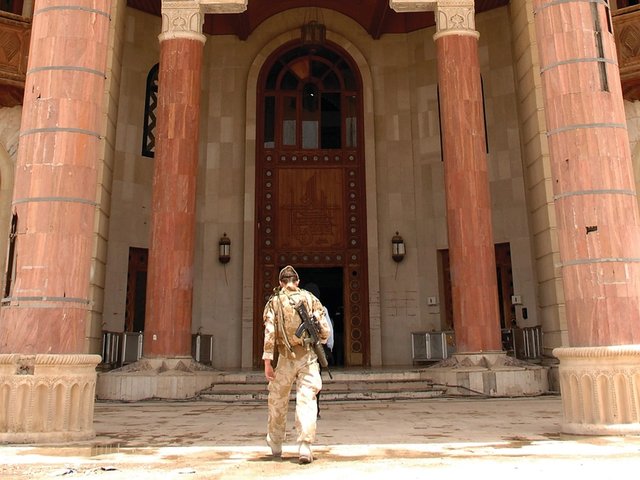Housed in the Lakeside Palace built for Saddam Hussein in 1990, Basrah Museum is now the second largest in Iraq, after the National Museum in Baghdad. The museum will open three new galleries on 19 March, quadrupling its display space following the inauguration in September 2016 of a gallery dedicated to antiquities from the southern Basra region.
The museum currently attracts around 50,000 visitors a year, including many school groups, but the expansion should further boost numbers. It is run by Qahtan Al Abeed, the city of Basra’s director of antiquities and heritage, who took over after the museum’s former director Mudhar Abd Alhay was shot dead during communal violence in 2005. The security situation in Basra is now much improved.
Although the Basrah Provincial Council was expected to support the museum, the promised funds never came. Instead, the new galleries have been financed with a £530,000 grant from the UK government’s Cultural Protection Fund, a £30m fund administered by the British Council to safeguard heritage in 12 conflict-affected countries in the Middle East and Africa.
The new galleries cover Sumer, Assyria and Babylonia, with objects dating from 3000BC to 550BC, including statues, cylinder seals, tablets and jewellery. There are around 1,200 objects on view, many of which have been transferred from the National Museum in Baghdad. The project has also created an education room and trained museum staff and volunteers in labelling and visitor services.
The late Lamia Al Gailani, an Iraqi-born archaeologist and a founding trustee of the UK-based charity Friends of Basrah Museum, played a key role in the project. She had been in Baghdad to select objects for the Basrah Museum and became ill during a stopover in Amman, Jordan, on her return home to London. She died in January.
John Curtis, a former British Museum keeper and the chairman of the Friends of Basrah Museum, believes the museum will prove to be “a model for the region, and even for the Gulf”.




